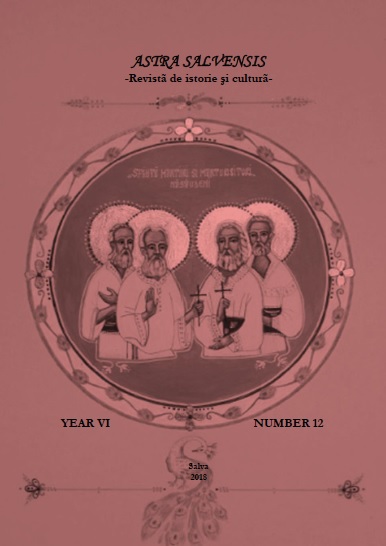Dialogue as a Form of Interaction between the Bearer of the Image and the Target Audience in Intercultural Communication: the Aspect of Academic Discourse
Dialogue as a Form of Interaction between the Bearer of the Image and the Target Audience in Intercultural Communication: the Aspect of Academic Discourse
Author(s): Zhibek K. Issayeva, Elena N. Luchinskaya, Valentina V. Zelenskaya, Sergey A. GolubtsovSubject(s): Social Sciences, Education
Published by: Asociaţiunea Transilvană pentru Literatura Română şi Cultura Poporului Român - ASTRA
Keywords: image; dialogue; subject-subject interaction; image bearer; target audience; image message; M.M. Bakhtin; Academic Discourse;
Summary/Abstract: The article is aimed at studying the image in the context of interaction between the image carrier and the target audience. The appeal to the problem of modeling the communicative process is due to the fact that, despite the sufficient number of studies devoted to the problem of communicative interaction in the framework of institutional communication, it is not yet possible to formalize (model) the psycholinguistic relevant variables characterizing the essence of human communication, including in the sphere of professional communications. As used today in the sociocultural approach, the structural-semiotic method does not allow for a comprehensive consideration of this interaction. For its analysis, the authors suggest using the concept of "Dialogue" developed by M.M. Bakhtin. This position in the study of the image allows us to consider it as a product of the activities of two actors in the process of actively contributing to its meaning.The choice of communicative strategies and tactics is due to various factors, in particular, the communicative purpose of the speaker, the format of communication. In various speech genres, communication strategies and tactics can vary, which is primarily due to the norms of communication existing in this or that socium, microsocium. Communicative dialogue strategy in academic discourse is realized by using the teacher tactics of entering, developing and closing the topic, establishing the truth of information, assessing, modality, alternating communicative registers, controlling understanding and finding the problem. Communicative strategy for creating the image of the student is carried out through the use of tactics of the distribution of roles, identification of the range of interests, identification of image representation, identification, visualization, methods of accentuation of necessary information and stereotyping. The communicative strategy of creating an auto-image is realized by means of such tactics as creation of "one's own circle", creation of "someone else's circle", distribution of roles, self-evaluation and accentuation. The description of communicative strategies in academic discourse presupposes studying the communicative behavior of a person, which is the pragmalinguistic parameters of the "speaker's person": motives, goals, strategies, and ways to implement them. The pragmatic aspect of the utterance describes the facts from the point of view of human activity, as well as the plan for their use.The analysis of discourse as a method and modeling as an interdisciplinary scientific approach, actively used in various fields of knowledge (including humanitarian ones), respectively, led to the general orientation of this research on the multilateral study of the phenomenon of language communication, which is the object of linguistic analysis in a broad sense.Pragmatic approach to language changes the nature of linguistic analysis, the arsenal of methods and the sequence of procedures used. Communicative linguistics is oppositional in its nature to "taxonomic" linguistics, since in studying the processes of verbal interaction it uses, along with pragmalinguistic methods, the tools of psychology, sociology, semiotics, logic, culture and other sciences.
Journal: Astra Salvensis - revista de istorie si cultura
- Issue Year: VI/2018
- Issue No: 12
- Page Range: 651-660
- Page Count: 10
- Language: English

